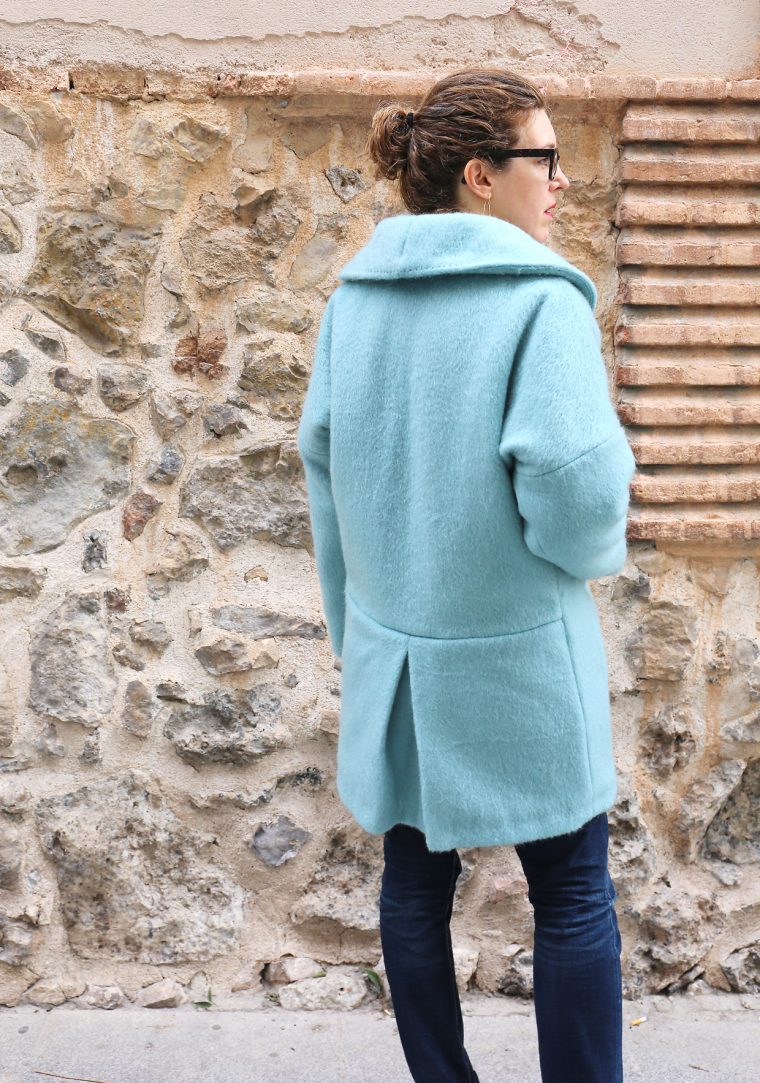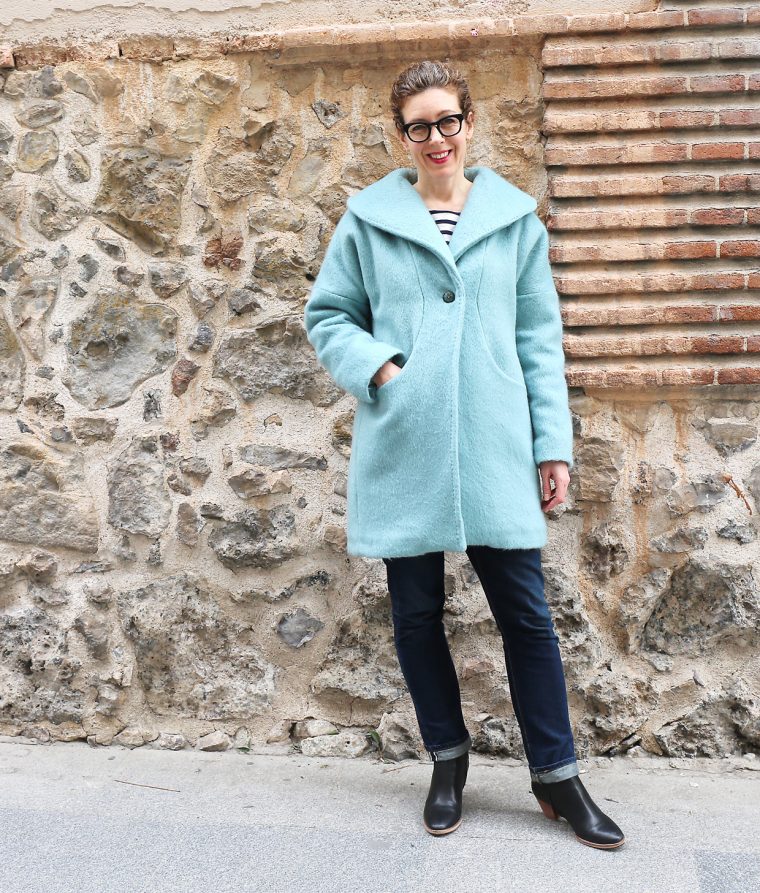sew + tell, lisette B6423
Alright, folks, I'm thrilled to finally show off my new coat, and I can’t wait to hear what you think! Sharing these kinds of projects always brings me so much joy, but taking pictures? Not exactly my favorite thing to do. Do you ever feel the same way? Let’s start with the basics. My name is Liesl, and you’ll usually find me around here. But if you’re looking for more, I’m also active over here, here, and here. Project Details Now, let’s talk fabric. I knew from the get-go this was going to be tricky, but isn’t that half the fun of sewing? I wanted to create a seriously warm winter coat with a full Thinsulate lining because it’s hard to find something genuinely prepared for freezing temperatures, and I’m always freezing. I fell head-over-heels for this furry turquoise wool during a trip to Paris, so I knew this would be a bold choice—between the color and the thickness of the fabric paired with the Thinsulate, it’s definitely a statement piece. How did the sewing go? Surprisingly smooth, though there were definitely some hiccups! To manage the bulk, I basted the Thinsulate to the lining before sewing the lining (or underlining, as they call it), and then I trimmed the Thinsulate from the seam allowances as I stitched each seam of the lining. That step was crucial to keeping the seams manageable. I also underlined the facing so the collar would have that extra oomph. Love it—it’s super cozy—but it certainly came with its own set of challenges. The collar needed some serious coaxing to roll properly, so I added a hand-stitched pickstitch along the edge of the collar and center front to help keep everything in check. I also added a single row of padstitching to the underside of the collar to help guide the layers into place and control how the collar breaks. (In simpler terms, I trained the fabric to fold exactly where I wanted it to.) And then there’s the buttonholes. When you’ve got two layers of interfaced thick wool plus a bulky layer of Thinsulate, traditional buttonholes are out of the question. My solution? A bound buttonhole, which turned out beautifully. I practiced a few times on scraps to ensure I had it down pat. Oh, and there was the glass button that shattered. A dab of superglue fixed it up tight, and it’s barely noticeable now. What was the best part? I know this coat isn’t for everyone, but it’s exactly what I envisioned. Compared to my yellow coat, which is lightweight and less bulky, this one has much more volume. While the yellow coat is great for milder winters, this oversized, cozy version is perfect for the really cold months. It was such a blast to sew, and completing a project like this is always a confidence booster. I took my time with it—I even made a custom label and hanging loop—so I could be sure I was happy with every little detail. I’m so glad I took the leap. Now I can’t wait to wear it out in the snow! If you’ve tried something similar or have any tips for working with challenging fabrics, drop a comment below—I’d love to hear from you. Shaoxing Ruier Imp. & Exp. Co.,Ltd , https://www.pasatextiles.com
Pattern: Lisette B6423.
Fabric: Furry wool, acetate lining, Thinsulate interlining.
Sizing: I went with the size that matched my hip measurement since that’s my broadest area, and the coat tends to be narrower there.




(adsbygoogle = window.adsbygoogle || []).push({});
Â
